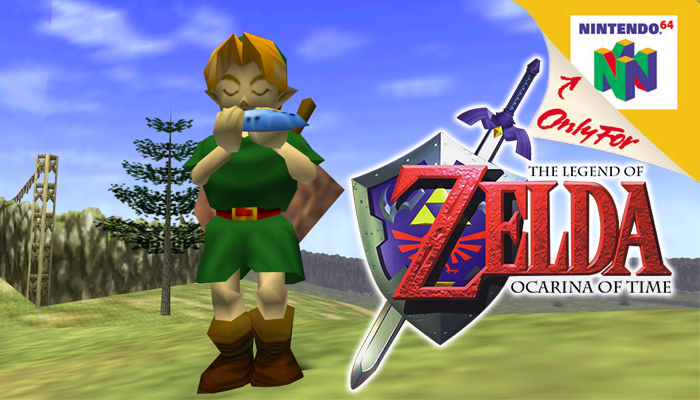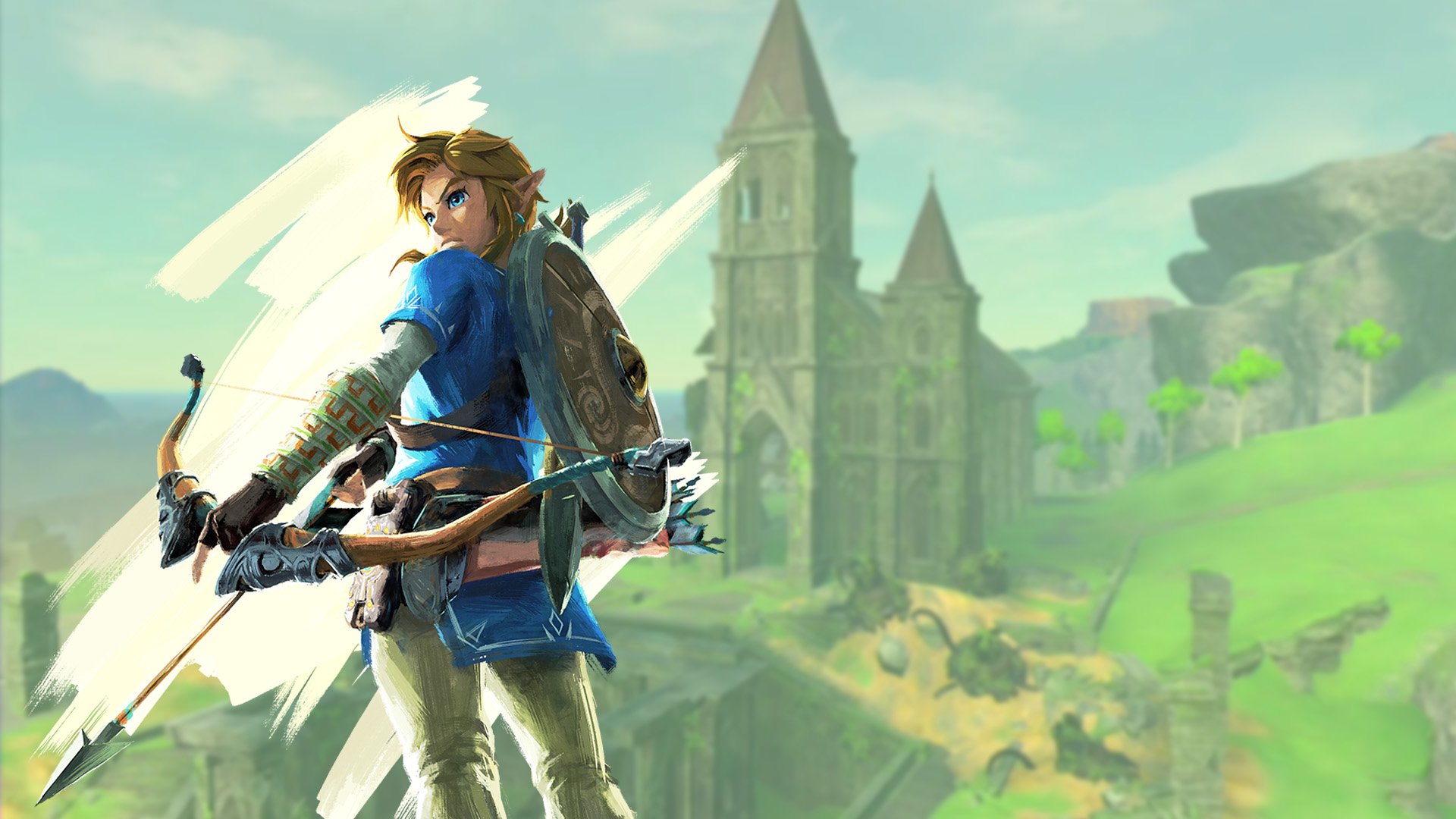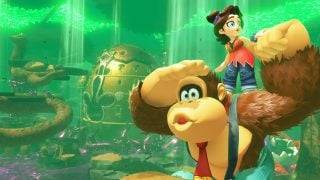One of the greatest, genre defining video games of all time has now been around for a whole quarter century, with The Legend of Zelda: Ocarina of Time marking 25 years since it hit Japanese store shelves on November 21, 1998, arriving on North American shores just two days later.
Needless to say the game’s stuck around in the public consciousness, continuing to show up in “Best Games of All Time” lists and seeing a re-release on every Nintendo home console since, but its influence goes much deeper than that. After all, the modern 3D adventure game may not look the same without the intrepid Nintendo EAD team putting together the legendary quest all those decades ago.

Ocarina of Time is, at its core, a 3D version of A Link to the Past, but by using this familiar framework the developers were able to push what was possible with a new dimension. Just two years earlier Super Mario 64 defined how to control a platformer with a Z axis but Ocarina was a much more challenging endeavor, with players having to keep track of much more than a pouncing portly plumber. Dozens of items to collect, multi-leveled dungeons, a relatively huge open map, not to mention tricky enemies that just wouldn’t stay still… For the latter we saw the innovation that was the Z-Targeting system, a clever solution that lives on to the modern day. Would a FromSoftware game be nearly the same without its methodical lock-on rolls and dodges?
The systems Ocarina of Time pioneered were so timeless that every 3D mainline Zelda entry up until Breath of the Wild was essentially the same mechanically, often adding new features rather than reinventing the wheel. It was just that solid a foundation, and fans loved it for it. Of course the Switch debut title was a beloved revolution of its own, but even it knew to show some love for Ocarina, reusing its Temple of Time and even featuring a delapidated Lon Lon Ranch.

Ocarina of Time’s version of Hyrule can generally be seen as the basis for all future iterations, too. The rock-like Goron built a home for themselves in the scalding Death Mountain, while the Zora were redesigned to be much more noble than their viscious 16-bit counterparts. The Great Deku Tree bestowed wisdom deep within a forest surrounded by whimsical, child-like beings. Meanwhile the big-bad Ganon was humanized quite literally with the introduction of Ganondorf, who undoubtedly makes a menacing first impression, facing off against a young Link in a stormy dream as soon as you start the game up.
A video game world is nothing without some ambience and I’d argue Ocarina of Time has one of the best soundtracks Nintendo ever produced, even all these decades later. Fitting, for a game literally named after a musical instrument. Koji Kondo not only gave more life to classic tunes but brought in some modern classics that persist to this day, like Epona’s Theme and the beloved Gerudo Valley. Personally I’m a big fan of the Castle Town theme – who can resist the urge to toe-tap to this bop?
Has Ocarina of Time been outmatched in the years since it released? Most would say so – even personally speaking I’d place Wind Waker and Breath of the Wild above it in my rankings – but there’s no denying it’s a magical adventure that’s well worth experiencing.
If you’re interested in celebrating Ocarina of Time’s 25th anniversary it’s thankfully not hard to play the game thanks to the Nintendo 64 library available for Nintendo Switch Online subscribers. Those who’ve still got a 3DS lying around and somehow don’t have a copy of Ocarina of Time 3D (how?) should definitely seek out that version, too, as it gives the adventure a rather faithful fresh coat of paint.
No matter how you play it, Ocarina of Time is still worth jumping into, and it’s sure to hold up for another 25 years.

